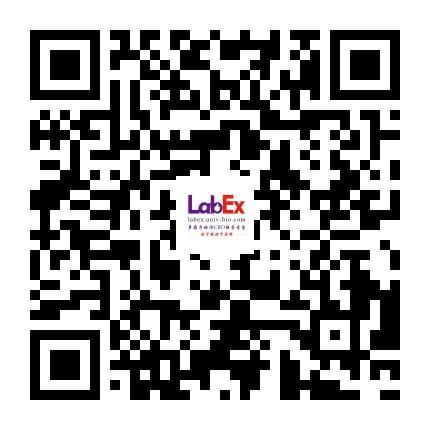NLRP1 acts as a negative regulator of Th17 cell programming in mice and humans with autoimmune diabetes
NLRP1; NOD mouse; STAT-3; STZ; Th17; gut microbiota; immune system; interleukin-17; rs12150220; type 1 diabetes.- Cell Rep
- 9.995
- 2021 May 25;35(8):109176.
- Mouse
- 流式
- 免疫/内分泌
- T细胞
- 糖尿病
- IL-17A,CD4,CD45RO,Foxp3,IFN-γ,IL-12 (p40/p70),IL-17A,Stat3 (pY705)
相关货号
LXFM06-2
Abstract
Type 1 diabetes (T1D) is an autoimmune disease characterized by the destruction of pancreatic β cells. We show here that the protein NOD-like receptor family pyrin domain containing 1 (NLRP1) has a key role in the pathogenesis of mouse and human T1D. More specifically, downregulation of NLRP1 expression occurs during T helper 17 (Th17) differentiation, alongside greater expression of several molecules related to Th17 cell differentiation in a signal transducers and activators of transcription 3 (STAT3)-dependent pathway. These changes lead to a consequent increase in interleukin 17 (IL-17) production within the pancreas and higher incidence of diabetes in streptozotocin (STZ)-injected mice. Finally, in patients with T1D and a SNP (rs12150220) in NLRP1, there is a robust decrease in IL-17 levels in serum and in memory Th17 cells from peripheral blood mononuclear cells. Our results demonstrate that NLRP1 acts as a negative regulator of the Th17 cell polarization program, making it an interesting target for intervention during the early stages of T1D. Keywords: NLRP1; NOD mouse; STAT-3; STZ; Th17; gut microbiota; immune system; interleukin-17; rs12150220; type 1 diabetes.
金课堂之文献解析 文献原文请点击
本网站销售的所有产品及服务均不得用于人类或动物之临床诊断或治疗,仅可用于工业或者科研等非医疗目的。







 沪公网安备31011502400759号
沪公网安备31011502400759号
 营业执照(三证合一)
营业执照(三证合一)


